London's Ultra Low Emission Zone (ULEZ) has become a key issue in the run up to the general election on 4 July.
One of many clean air zones in operation around the UK in a bid to reduce roadside emissions, it requires drivers of some older cars to pay a fee to drive through the city.
It was expanded to encompass all of Greater London on 29 August 2023 – a move that proved especially controversial on the capital's outskirts.
The Labour Party blamed its loss in Uxbridge's July 2023 by-election on the expansion, prompting the rival Conservative Party to adopt several pro-motorist policies, including shrinking the ULEZ back to its original size.
That agenda has only been magnified by the increasing pace of campaigning, with the election just weeks away.
Here's everything you need to know about the ULEZ:
When was the ULEZ introduced?
Initially proposed by former London Mayor Boris Johnson in 2015, the ULEZ is a continuation of the T-Charge introduced by Sadiq Khan in 2017, which charged motorists £10 to drive vehicles that did not meet the Euro 4 emissions standard into the central London congestion charge zone.
ULEZ replaced the T-Charge in April 2019. It upped the fee to £12.50 and operates 24 hours a day, seven days a week, apart from Christmas Day.
In October 2022, the London ULEZ drew over £90 million in eight months, with an average of 1.9 million journeys made into the zone each month.
Plans to introduce an even more restrictive zero-emission zone, meanwhile, in central London were shelved following the most recent expansion of the ULEZ.
Where does the London ULEZ operate?
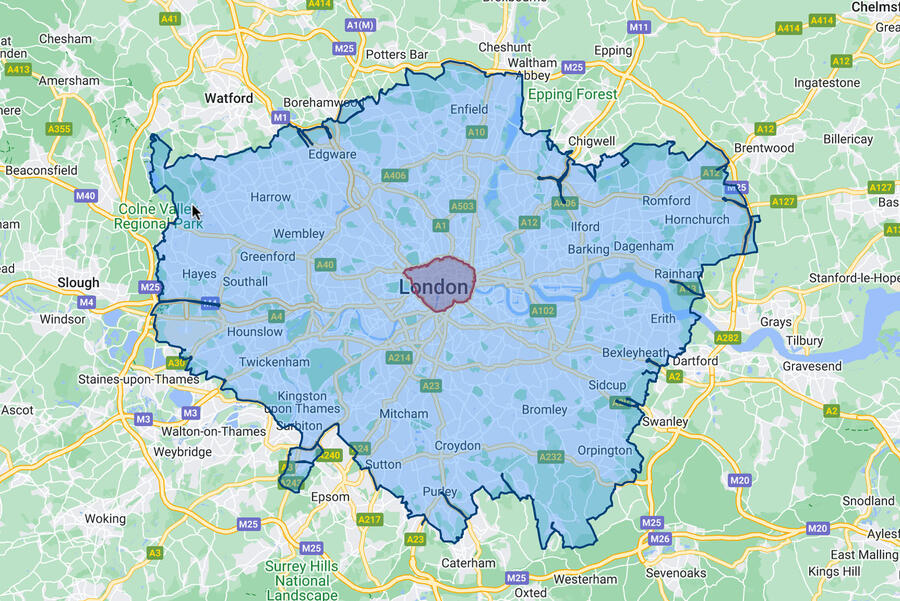
On 25 October 2021, the ULEZ grew to encompass the area within the borders of the North Circular and South Circular arterial roads.
The ULEZ was further expanded in 2023, now encompassing each London borough - the entire area inside the M25 - as well as Heathrow Airport.
This means drivers of some older cars need to pay a fee to drive through the city, and visit various other important locations.
How does the ULEZ work?
London's ULEZ currently uses a series of cameras at junctions and along major roads into London. These automatically read registration plates and reference them against a database to identify whether vehicles are, or are not, compliant with the required emission standards.

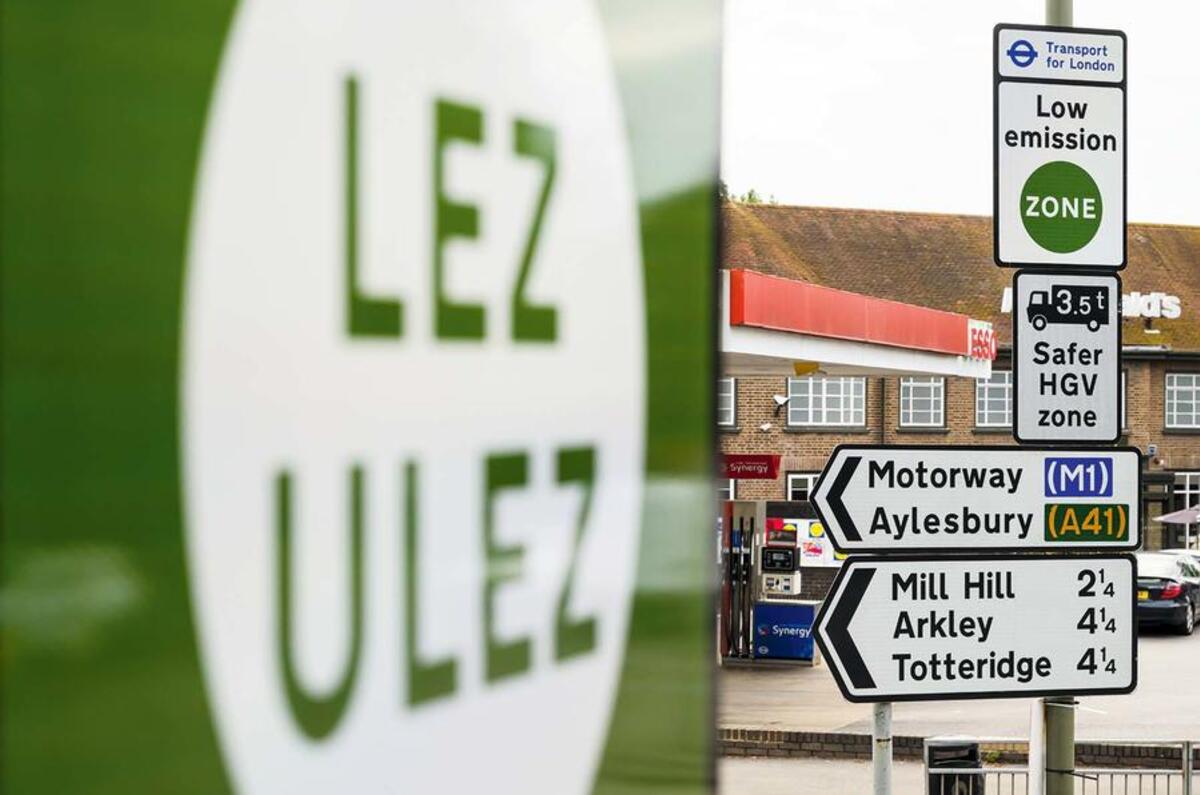

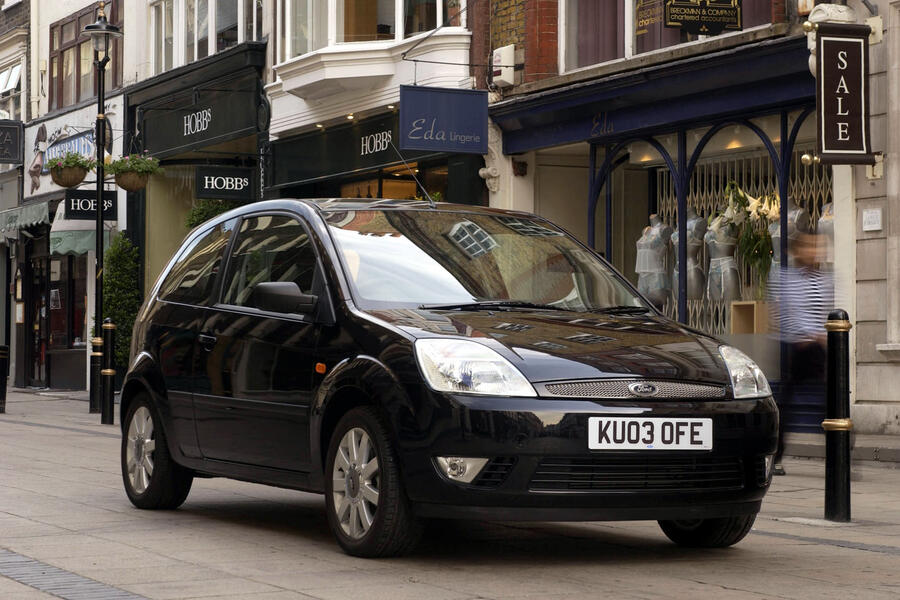
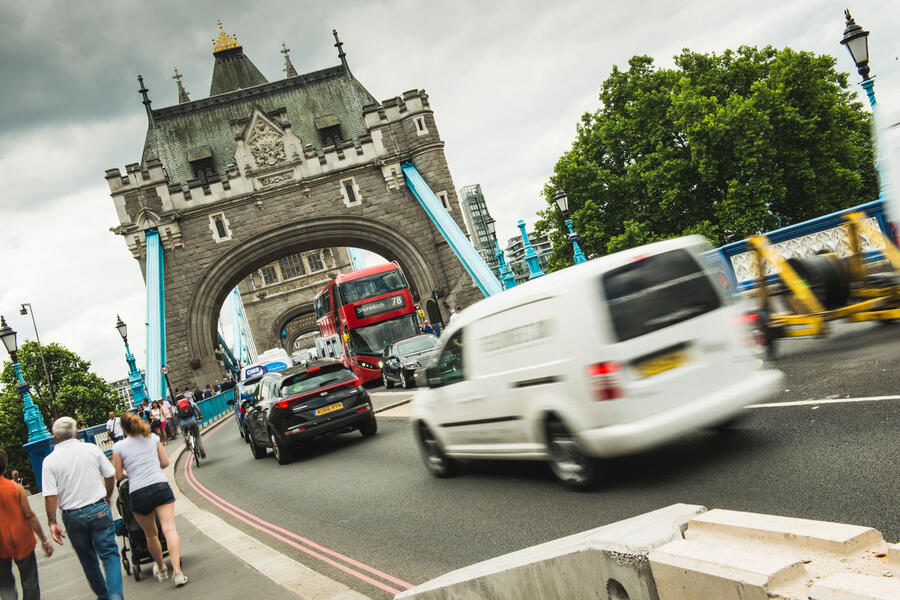
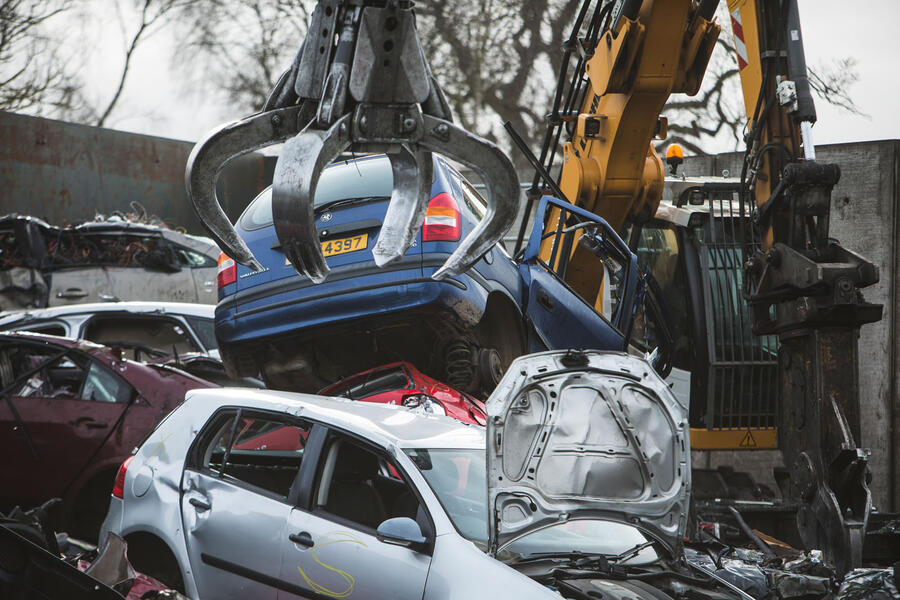
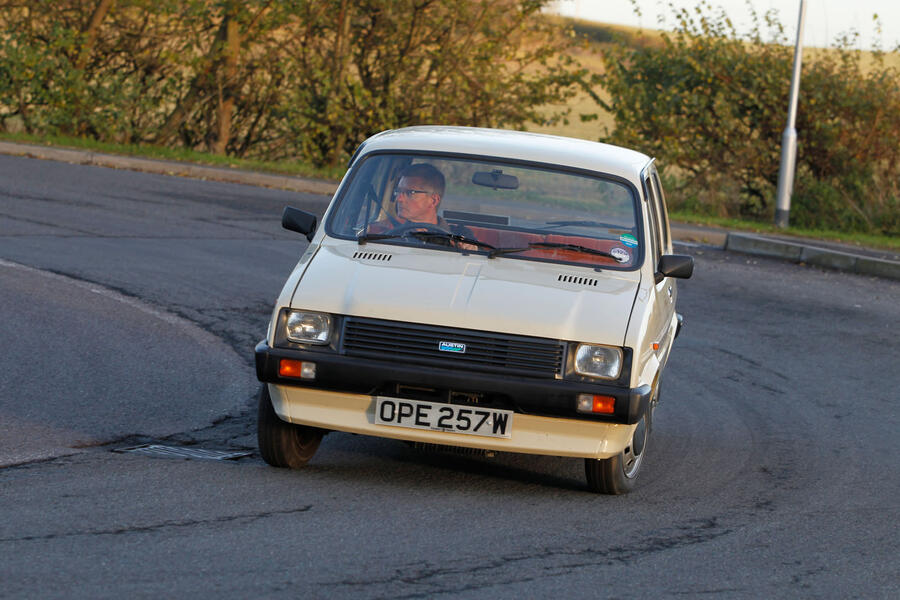





Join the debate
Add your comment
Listening to Mt Khan right now on 5Live. The questioner asked how do you justify Londoners spending an extra £4000 a year and being the typical politician, Khan sets out what he wants to say rather then answer the question.
He startts off about a number of people dying due to polution, heart problems, breathing problems in kids etc all related to car pollution.
And this is where I if not anyone else gets very angry. What he's saying is for £4000 a year, you can continue to cause heart problems, you can continue to harm kids breathing etc.
If you want to stop these things then ban cars. It's as simple as that.
Right now help the BBC get it right, they keep stating petrol cars made before 2005 are non ulez compliant, how can they get it so wrong time and time again.
Mayoral election due next year, lets see what the candidates say about the future of these cameras.
There is no joined up thinking going in government whatsoever.
I was in Luton a few days ago buying a car with a pal who works there, lots of old offices being converted into accommodation, loads of people on the streets with no prospects. The place is packed.
On a lighter note, as he knows the area very well we parked for free !